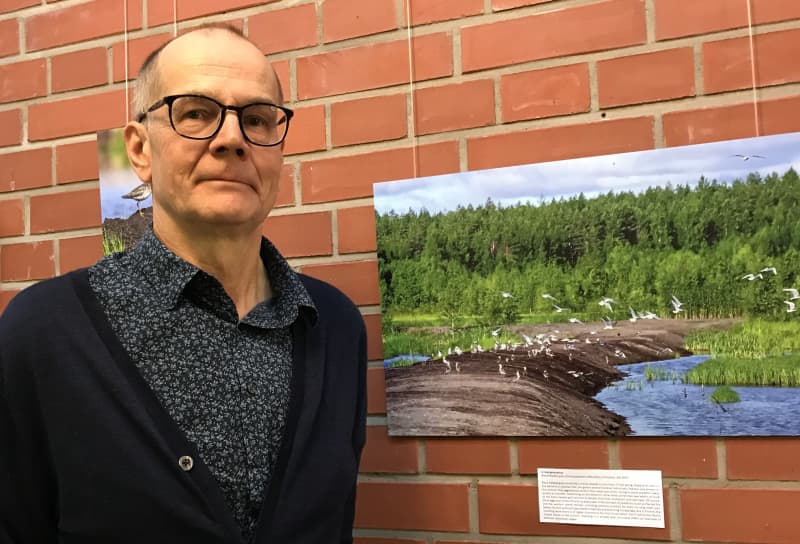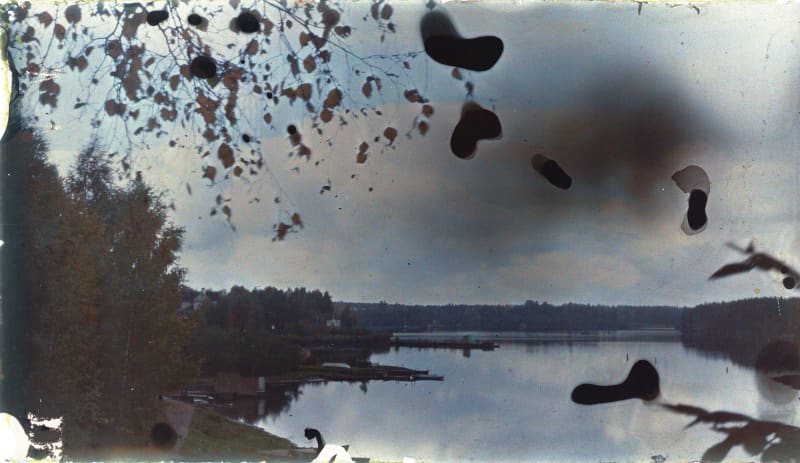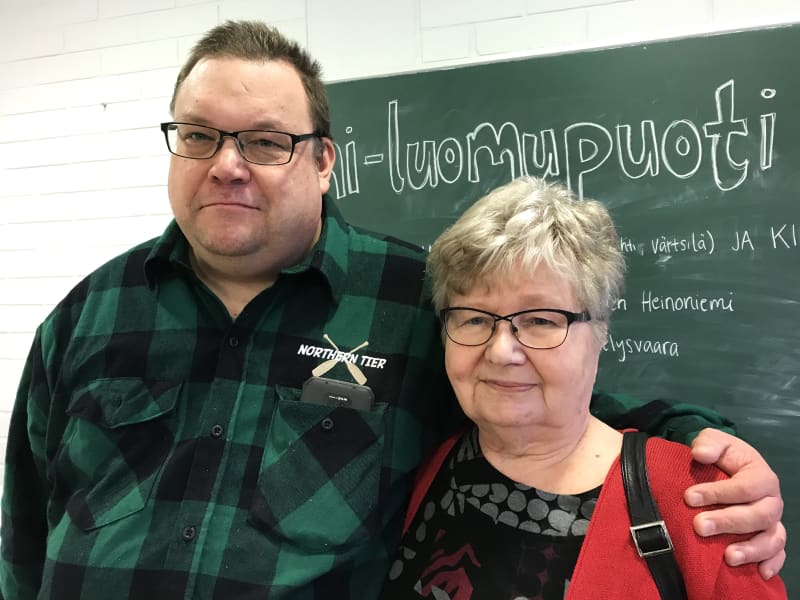
Eutrophication, shallowing or overgrowth often prompt the need for lake restoration. The residents started the work on behalf of the Onkamo lakes 15 years ago. Still, there are still blue-green algae and other problems.
Many Finns are interested in improving the state of their home or cottage lake. Renovation projects have also become more common, as recreational use of the lakes has increased and public funding is also available.
He calls for patience and perseverance in projects. Results are produced slowly, and lasting results require that the load on the lake’s catchment area be reduced as well.
The Suuri- and Pieni-Onkamo restoration project in North Karelia also proves the laboriousness of restoring lakes. Residents who have worked for the Onkamo lakes in Rääkkylä, Tohmajärvi and Joensuu for 15 years have noticed that it is a long-term job.
He is relieved that after the termination of the association, the cooperative of nature professionals Lumimuutos will continue to renew. It has already determined the condition of the lakes.
He considers it most important to reduce the external load on the lake. Most of the marshes surrounding Onkamo have been drained decades ago, and soil from the marshes has flowed directly into the lakes.
The effect of a long-lasting load will continue, even if the transport of nutrients into the lake ends immediately.
– The water economy in the area has changed. The water in the Onkamo lakes also stays for several years, the researcher points out.

Algae cause lack of oxygen and more algae
Recent studies reveal why the amount of blue-green algae has increased in the Onkamo lakes over the past decade.
– The condition of Suuri-Onkamo is quite bad in winter. Oxygen runs out at the bottom and nutrients are released into the water from there, which mix with the surface water in the spring, and the blue-green algae get a lot of nutrition through that, researcher Niiranen explains.
The bad cycle continues when the algae sinks to the bottom in autumn. During the winter, a new lack of oxygen follows, when microbes consume oxygen while breaking down algae. The same problems plague Pieni-Onkamo.
Long-term eutrophication has also changed the fisheries. There are currently most roach fish in the lakes.

According to the researcher, the means have largely been used in the rehabilitation of the Onkamo catchment area.
Raising the water level has already been ruled out as unrealistic. Instead, the annual treatment fishery will probably continue.
A new method could be the oxidation of anoxic depths. Removing bottom sediment by dredging is also possible, but expensive.
– In Finland, very few lakes and entire reservoirs have been successfully restored. What Onkamo is now carrying forward on the basis of non-governmental organizations and cooperatives is on the shoulders of foundations in Southern Finland. Budgets there are in the millions of euros, Mustonen points out.
*What thoughts did the story evoke? You can discuss the topic until 23:00 on Monday, October 30.*

